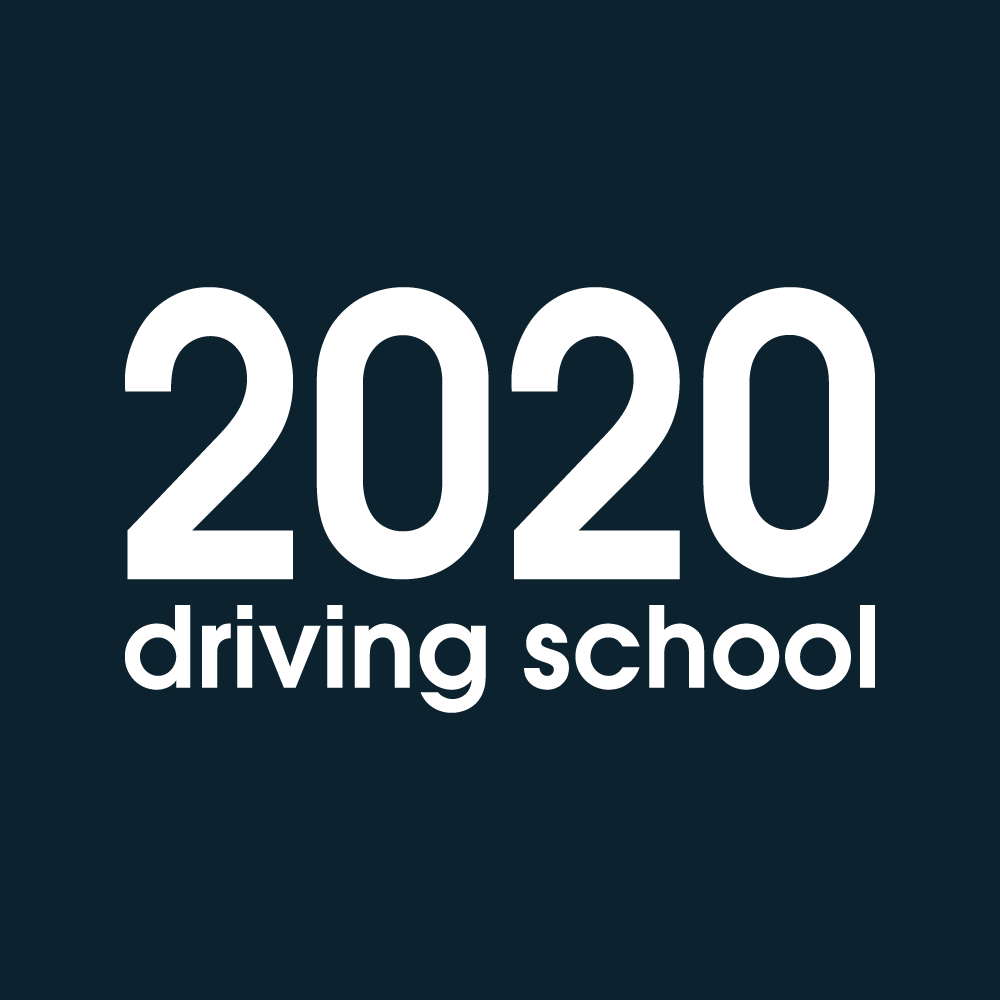
Every driving instructor has those moments where you’re sitting in the passenger seat, and suddenly you realize your student is about to make the same mistake you’ve seen dozens of times before. Sometimes it’s subtle, like a slight hesitation at an intersection that could turn dangerous and other times it’s obvious, like when they’re tailgating on I-95 during rush hour.
What’s fascinating is how predictable these mistakes are. The National Highway Traffic Safety Administration tracks this stuff, and they found that new drivers cause 20% of all traffic deaths despite being only 6% of licensed drivers. That’s not random but these are patterns.
Here in Northern Virginia, we see the same issues repeatedly. Students at 2020 Driving School come from all over Fredericksburg, Stafford, and Spotsylvania, but they make similar errors. That’s why practical tips for driving safely matter more than just passing tests.
Why Northern Virginia Driving Is Different?
When you think about it, one minute you’re on a quiet residential street in Stafford County, the next you’re merging onto I-95 with DC commuters who drive like they’re late for everything. Route 3 can be empty at 10 AM and completely jammed by 3 PM.
Then there’s the weather where August thunderstorms can come out of nowhere. January ice storms that make every road slick and those foggy mornings near the Rappahannock River where visibility drops to maybe 50 feet in seconds. These smog driving conditions catch new drivers completely unprepared.
The Mistakes That Actually Matters
They think familiar roads are safe roads
Progressive Insurance did some research and found that a surprising 52% of accidents happen within 5 miles of home.
It’s common for students to get comfortable as they’ve driven down their street a hundred times, so they stop paying attention. They roll through stop signs, take turns too fast, don’t check for pedestrians. Then something unexpected happens like a kid chasing a ball, a car pulling out of a driveway they didn’t notice.
Virginia law is clear about this. Virginia Code § 46.2-833 says you have to adjust your speed for conditions, regardless of whether you’ve driven that road every day for months.
Following distance? What is the following distance?
Rear-end collisions are 32% of all crashes and if you’re a daily commuter, you know how tailgaters are. On highways around here, where traffic goes from 70 mph to dead stop without warning, proper spacing isn’t optional.
Students learn the “three-second rule” in class, then immediately forget it on the road. The easiest workaround is to pick a fixed object ahead like a bridge, a sign, whatever. When the car in front passes it, start counting. “One thousand one, one thousand two…” You want four seconds minimum and more if it’s raining. These are genuinely useful tips for driving safely that actually work
Intersection panic
The Federal Highway Administration says 40% of crashes happen at intersections. Around here, with roundabouts mixed in with traditional intersections, students often freeze up completely.
They’re aware of textbook rules of right-of-way, yielding, and all that but when they’re actually sitting at Route 17 and Celebrate Virginia Parkway with cars coming from multiple directions, theory goes out the window.
Virginia Code § 46.2-820 through § 46.2-826 covers intersection rules extensively. But knowing the law and applying it under pressure are different skills.
Weather? What weather?
Rain increases crash risk by 75% in Virginia according to VDOT. Yet students continue driving exactly the same way when conditions change.
Here’s some practical tips for driving safely in Virginia weather: slow down before you think you need to. The moment you see raindrops on the windshield, ease off the gas. Don’t wait until you can’t see the road. Double your following distance. Use your headlights. Avoid sudden movements.
Sounds basic, but you’d be amazed how many people never do this.
GPS dependency
Modern students trust their phones more than their eyes. NHTSA data shows GPS-related distraction contributes to 9% of fatal crashes.
They’ll follow GPS directions blindly, even when it tells them to turn left from a right-turn-only lane. Or they’ll miss obvious road signs because they’re staring at their screen instead of the road.
Virginia Code § 46.2-1078.1 addresses this – no handheld devices while driving. That includes fumbling with navigation.
Highway fear
Counterintuitive fact: highways are safer than surface roads. The Insurance Institute for Highway Safety puts highway fatalities at 0.35 per 100 million vehicle miles traveled. But students avoid highways, forcing themselves onto more dangerous roads with traffic lights and cross traffic.
When they finally do get on I-95 or Route 1, they’re so nervous they create problems. Merging too slowly, hesitating, making other drivers frustrated.
Parking lots don’t count, right?
Wrong. Insurance companies report 20% of vehicle damage claims happen in parking lots. Students think these areas are safe, so they get careless. They’re checking their phones, not using mirrors, driving too fast between rows of cars.
Night driving avoidance
Half of traffic deaths happen at night, but only 25% of driving happens after dark. Students avoid night driving completely, then they’re unprepared when they finally have to do it.
Rural areas around Fredericksburg have minimal lighting. If you’ve only practiced in well-lit areas, dark country roads are terrifying.
Fog and visibility issues
Fog crashes increase 160% during peak seasons in Virginia. Students don’t realize how fast visibility can change, especially near water. Morning commuters often encounter smog driving situations without proper preparation.
Smog driving requires specific techniques most people never learn. When you can’t see clearly, use low beams only – high beams just reflect back at you. Follow the right edge line. Slow way down. If you can’t see your headlights hitting the road, pull over safely and wait.
Emotional driving
Road rage incidents with new drivers have jumped 35% recently according to AAA Foundation research. Someone cuts them off, they get angry, they do something stupid.
Virginia Code § 46.2-868.1 defines aggressive driving pretty broadly. Getting emotional behind the wheel can put you in legal trouble fast.
What 2020 Driving School Actually Does?
Virginia requires DMV-approved driver education for students under 18, including classroom and behind-the-wheel components.
2020 Driving School offers:
- Classroom instruction (36 periods): $200
- Behind-the-wheel training (14 periods): $425
- Private lessons: $99+ per hour
- Driver improvement classes: $95 in-person, $49.99 online
- Failed three times programs: $325 classroom, $525 behind-the-wheel
Instruction available in English, Spanish, French, Hindi, Punjabi, Urdu, and German.
Getting Started
2020 Driving School serves Fredericksburg, Stafford, Spotsylvania, King George, Culpeper, Orange, and surrounding areas. Main office: 46 Joseph Mills Dr, Fredericksburg, VA 22408. Open seven days a week.
Professional instruction lets you practice difficult situations safely instead of learning through trial and error on busy roads. Much better approach than figuring everything out the hard way.




